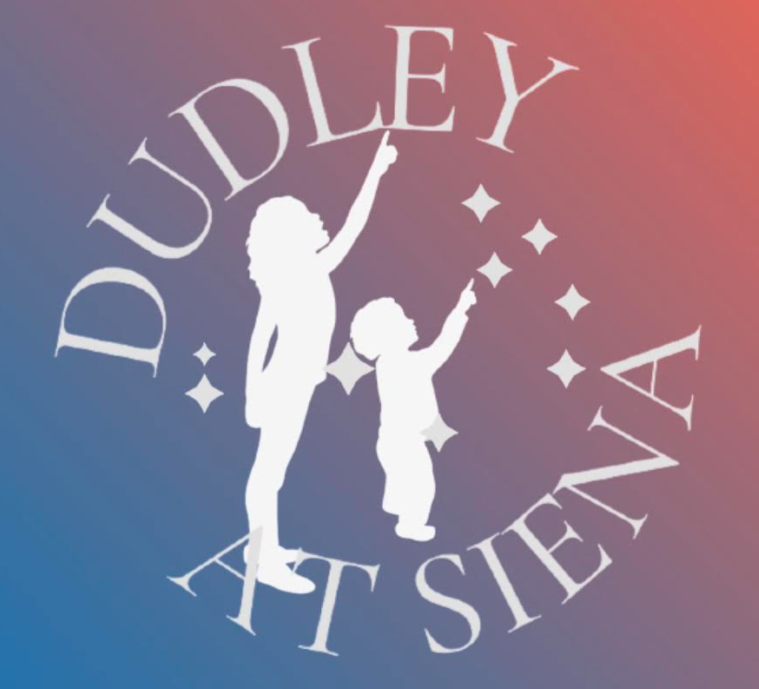Posts Tagged ‘Benjamin Gould’
The All-Cut Come-It
Dr. Rapson put together this display in our Planetarium Gallery. That’s the Dudley’s Comet Seeker telescope, built by Alvan Clark & Co., along with articles from the Astronomical Journal detailing…
Read MoreFrom the Collection: Polsey Clock
This piece is a bit of a mystery. It comes down to us simply as the “Polsey Clock.” Our other clocks come from famous makers, but Polsey is virtually unknown.…
Read MoreThe Poetry of Benjamin Gould
Observatory Lyrics Tom Tom the President Begged Grabbed the money and quickly spent But Jimmy was caught though he was bought And now Tommy’s going to get what he ought.…
Read MoreA Scientific Puritan: Benjamin Apthorp Gould
Ormsby MacKnight Mitchel and James Armsby both deserve credit for inspiring and founding the Dudley Observatory. But when Mitchell was tied up working as an engineer, Armsby had to look elsewhere to find…
Read MoreGoulds all the way back
There’s one advantage to inheriting a library; you don’t just get the books, you also get the bookmarks. This bit of paper was found in one of the books used…
Read MoreThe Total Eclipse of 1878
As we gear up for the Eclipse Across America this summer, it’s worth looking back at the history of eclipse viewing and the role it played in modern astronomy. Treks out to…
Read MoreFrom the Library: “A Plan for Securing Observations of the Variable Stars”
Pamphlets were the blog posts of the nineteenth century. They could be quickly and cheaply produced, then distributed either for free or for a few pennies to cover printing costs. …
Read More